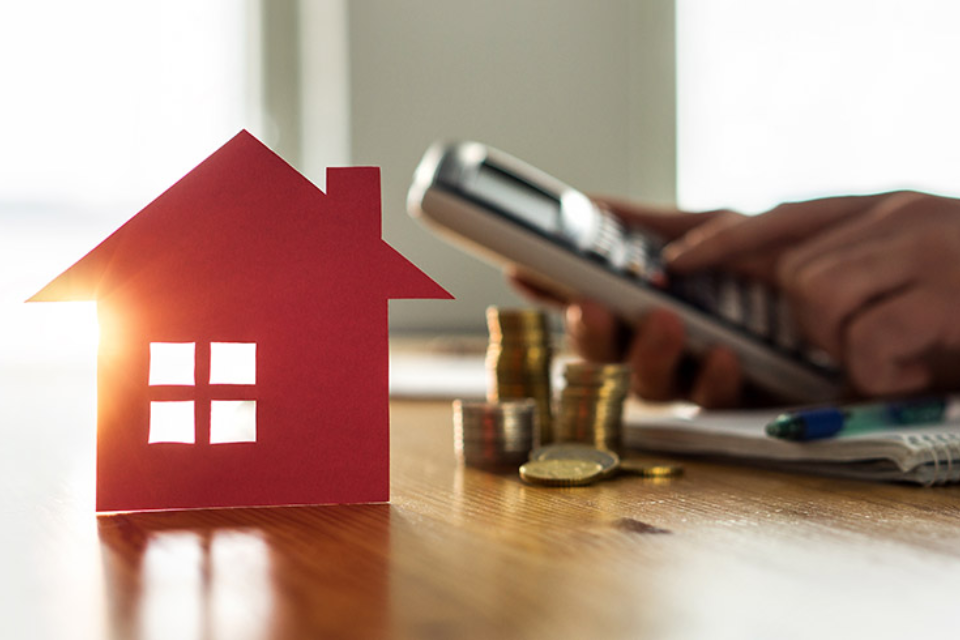Flipping houses is becoming more and more popular in the real estate market as more people become interested in this potentially lucrative opportunity. But to be successful, you must go into house flipping prepared and with the appropriate knowledge. You will be guided through all nine steps necessary to begin flipping houses in this comprehensive lesson, along with valuable tips on how to do it successfully.
1. Research the local real estate market
An important initial step in house flipping is understanding the local real estate market. To learn about local property values, market trends, and demand, conduct thorough research. Examine comparable properties (comps) to estimate a property’s potential value after repairs and improvements. With the help of this study, you can identify lucrative investment opportunities and make informed decisions.
2. Create a budget
Setting up a budget is essential before beginning a house flip. Establish the utmost amount you can afford to spend on a home purchase and set aside a separate budget for maintenance and improvements. In the business, following the 70% rule is standard procedure. According to this rule, you shouldn’t pay more than 70% of the after-repair value (ARV) of the property less the cost of repairs. You may prevent going overboard by sticking to your financial means with the use of a budget.
3. Obtain finance for flipping
Because house flipping demands a sizable upfront investment, it’s crucial to look into different funding possibilities. Common sources of funding include conventional bank loans, home equity loans, personal loans, and hard money loans. Consider the advantages and disadvantages of each choice, then select the one that best suits your financial needs and goals. In order to reduce the financial risks involved with borrowing, if at all possible, think about paying cash.
4. Locate a realtor with experience in property flipping
Working with an experienced realtor can significantly increase your chances of success. Find a real estate agent who is knowledgeable about the neighborhood market and has expertise in flipping properties. A skilled realtor can offer insightful advice, help you locate suitable houses, and walk you through the full flipping process. To select the realtor who best suits your needs, spend some time researching and speaking with potential candidates.
5. Buy a home
Once you have a firm grasp of the market and have funds, it’s time to locate and buy a property with the intention of flipping it. Search for distressed real estate or houses that require repairs but could gain value if renovated. Analyze the property’s state, location, and resale prospects. Make sure the purchase price is in line with your spending plan and profit objectives by performing a comprehensive assessment.
6. Hire a remodeling crew or DIY
Make a decision regarding whether you will work on the renovations yourself or with a team of specialists. DIY renovations might help you save money if you have the proper knowledge and experience. Employing qualified contractors and craftsmen is advised, nevertheless, if you are lacking in particular areas of knowledge. Choose the contractors who give high-quality work within your price range after researching and screening potential hires, and getting many estimates. The key to optimizing profitability is efficient project management and prompt refurbishment completion.
7. Find your own materials
To maximize your revenue, think about finding your own supplies. Look for materials at a bargain from a variety of sources, including regional suppliers, online markets, and secondhand stores. Use coupons, and look into online stores that give cashback benefits. Utilize reward credit cards to earn points toward future purchases. You may save costs and raise your overall profit margin by using creativity and strategy.
8. Relist and sell
Now that the improvements are finished, it’s time to list and sell the house. Develop a marketing plan that highlights the property’s advantages and appeals to prospective purchasers by working together with your broker. By making sure the property is well-maintained and aesthetically pleasing, emphasize curb appeal. On the basis of market research and professional counsel, price the property competitively. Your chances of making a sale will be increased with the aid of a well-executed pricing and marketing strategy.
9. Reevaluate and flip once more
After you’ve successfully flipped your first home, take some time to assess your results and experience. Examine the data, such as the acquisition price, renovation expenditures, holding costs, and final selling price, to determine the project’s profitability. After accounting for the time and effort spent, identify areas that require improvement. Any mistakes made should be learned from, and these lessons should be used in future projects. Keep refining your flipping strategy to raise profitability and achieve long-term success.
Conclusion
Flipping properties can be a profitable venture if approached with knowledge, research, and careful planning. By following the nine steps outlined in this article, you may successfully manage the house-flipping process and increase your chances of success. Throughout the flipping process, remember to conduct in-depth market research, establish a budget, locate the appropriate funding, work with seasoned professionals, and make tactical decisions. If you work hard and are persistent, you may become a successful house flipper and take advantage of the chances in the real estate market.
